Archives
- 2025-12
- 2025-11
- 2025-10
- 2025-09
- 2025-03
- 2025-02
- 2025-01
- 2024-12
- 2024-11
- 2024-10
- 2024-09
- 2024-08
- 2024-07
- 2024-06
- 2024-05
- 2024-04
- 2024-03
- 2024-02
- 2024-01
- 2023-12
- 2023-11
- 2023-10
- 2023-09
- 2023-08
- 2023-07
- 2023-06
- 2023-05
- 2023-04
- 2023-03
- 2023-02
- 2023-01
- 2022-12
- 2022-11
- 2022-10
- 2022-09
- 2022-08
- 2022-07
- 2022-06
- 2022-05
- 2022-04
- 2022-03
- 2022-02
- 2022-01
- 2021-12
- 2021-11
- 2021-10
- 2021-09
- 2021-08
- 2021-07
- 2021-06
- 2021-05
- 2021-04
- 2021-03
- 2021-02
- 2021-01
- 2020-12
- 2020-11
- 2020-10
- 2020-09
- 2020-08
- 2020-07
- 2020-06
- 2020-05
- 2020-04
- 2020-03
- 2020-02
- 2020-01
- 2019-12
- 2019-11
- 2019-10
- 2019-09
- 2019-08
- 2019-07
- 2019-06
- 2019-05
- 2019-04
- 2018-11
- 2018-10
- 2018-07
-
Introduction Prolyl hydroxylation is a widely observed
2020-06-10
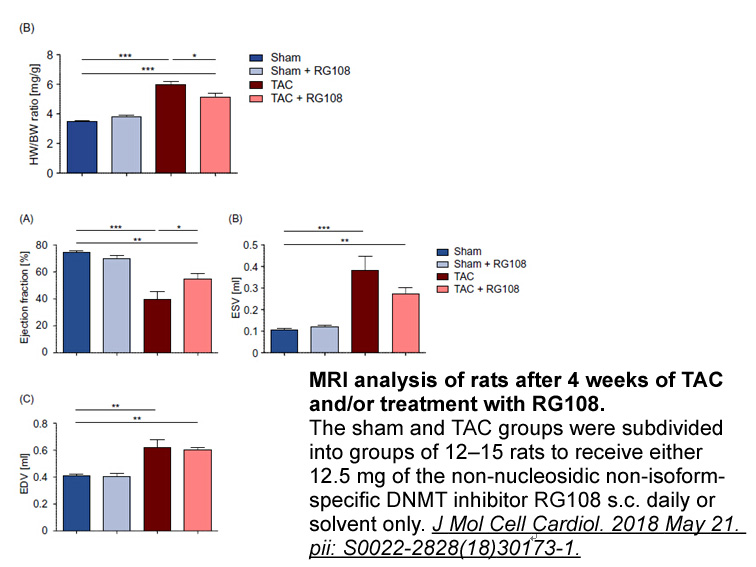
Introduction Prolyl hydroxylation is a widely observed post translational modification in collagen, an abundant animal protein. The high content (~13% per chain of the triple helical structure) of 4-hydroxyproline (Hyp,O) in collagen, togather with the natural abundance of collagen has led to the e
-
Future advances in the in vivo molecular imaging
2020-06-10
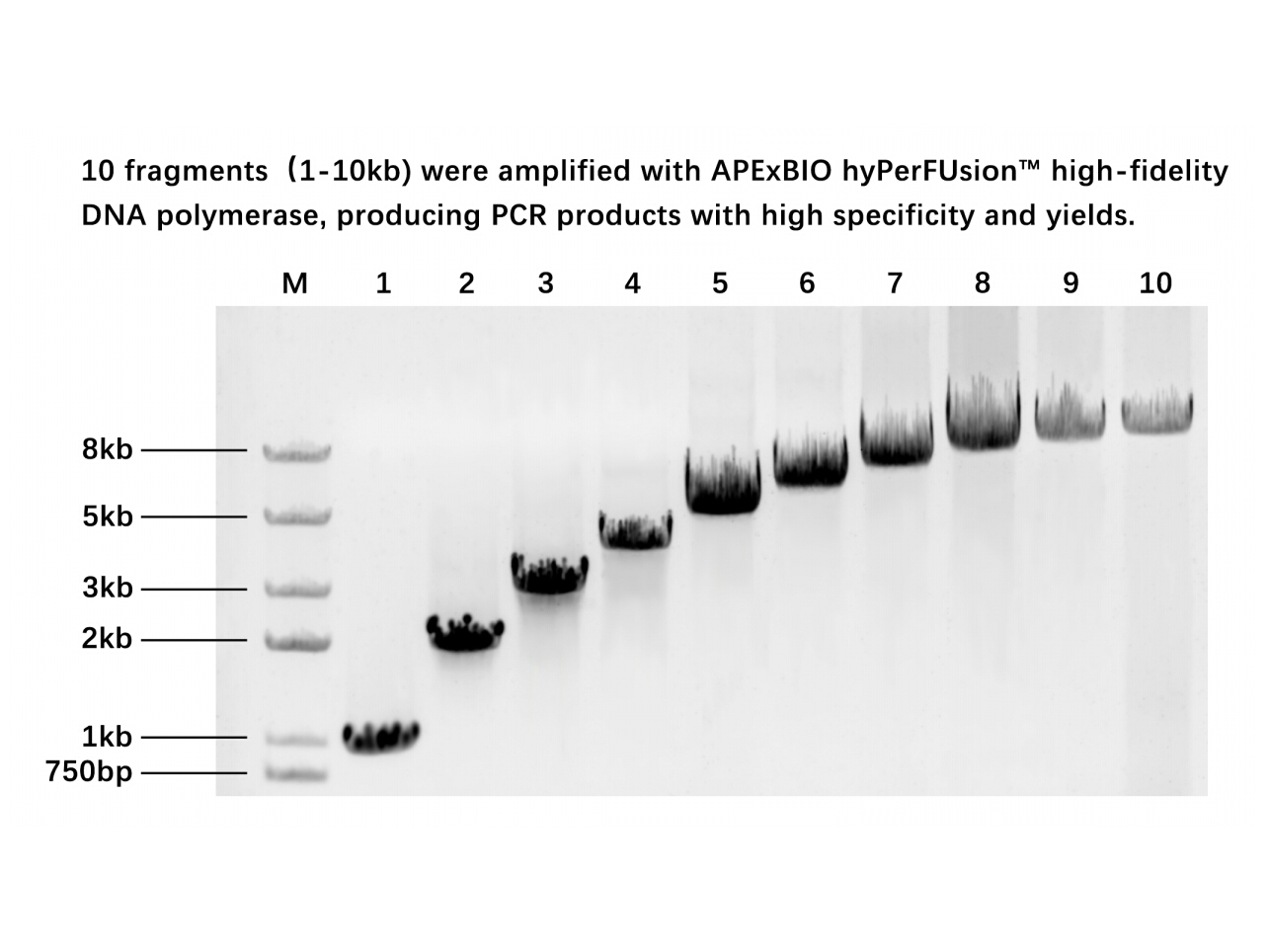
Future advances in the in vivo molecular imaging of enzyme activity will greatly benefit from the progress towards the quantitative detection of enzymes. Quantitative imaging requires knowledge of both the location and concentration of a specific enzyme, which is dependent on the simultaneous measur
-
Omar Farha and coworkers have recently successfully
2020-06-10

Omar Farha and coworkers have recently successfully employed metal-organic frameworks (MOFs) to tackle these limitations while retaining the essential characteristics of an immobilization material. MOFs consist of metal ions, or small clusters thereof, coordinated with organic ligands. MOFs are high
-
Most enzymes involved in the addition and removal of
2020-06-10
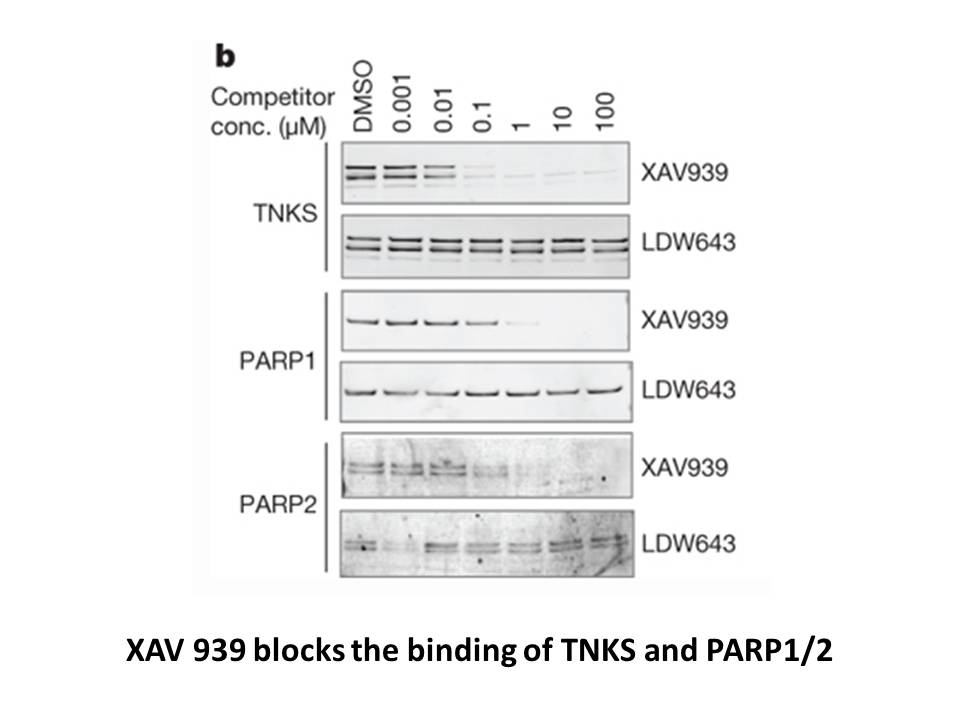
Most Derquantel sale involved in the addition and removal of ubiquitin bind weakly to an overlapping surface on ubiquitin. Previously, Sidhu and colleagues diversified this surface and then used phage display to screen these libraries of ubiquitin variants (UbVs) for binding to DUBs and E3 ligases (
-
Beta-Lapachone australia br Discussion and conclusion Ubiqui
2020-06-10
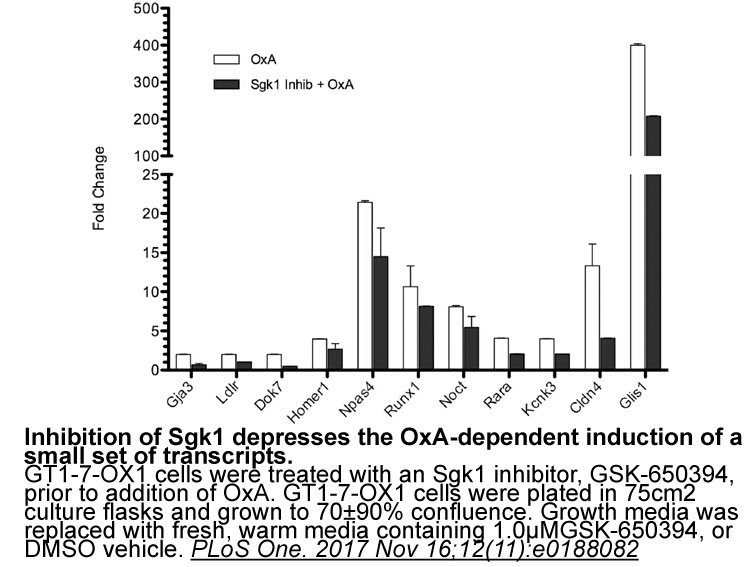
Discussion and conclusion Ubiquitination and deubiquitination have emerged as important mechanisms involved in p53 management. This review revealed that various DUBs can regulate p53 or p53-Mdm2-MdmX networks. Herein, we reviewed the current progress made toward elucidating the complexities in th
-
br Materials and method br
2020-06-10
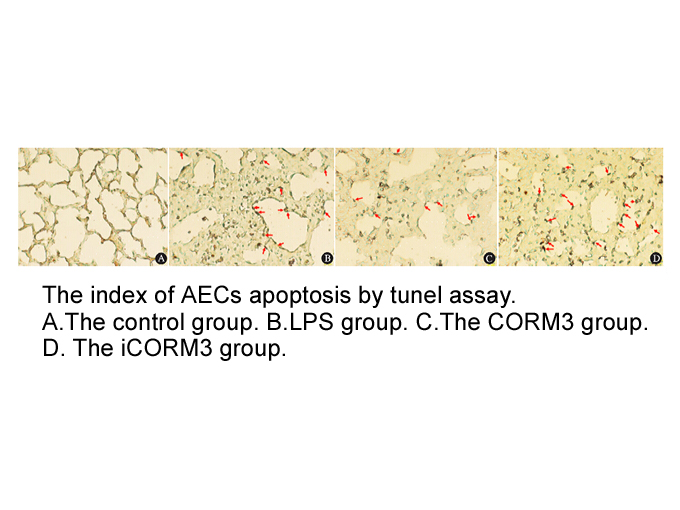
Materials and method Results and discussion We carried out DNA ligation using free and immobilized T4 DNA ligase in the absence of a magnetic field at 16°C, where the enzyme concentration (final concentration after mixing the solutions for the reaction) in both cases was 0.40μg/mL, and found t
-
br Acknowledgments br Introduction Heterocyclic chemistry ha
2020-06-10
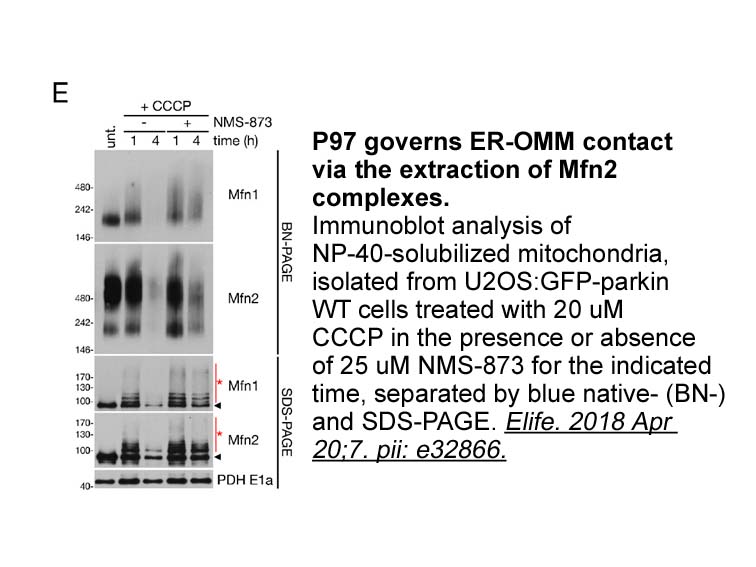
Acknowledgments Introduction Heterocyclic chemistry has become one of the most important fields of research in pharmaceutical industry due to their many fold applications. Amongst all, heterocyclic dopamine receptor antagonist containing nitrogen and oxygen have shown most potent biological ac
-
Our previous studies have demonstrated that the DDR discoidi
2020-06-10
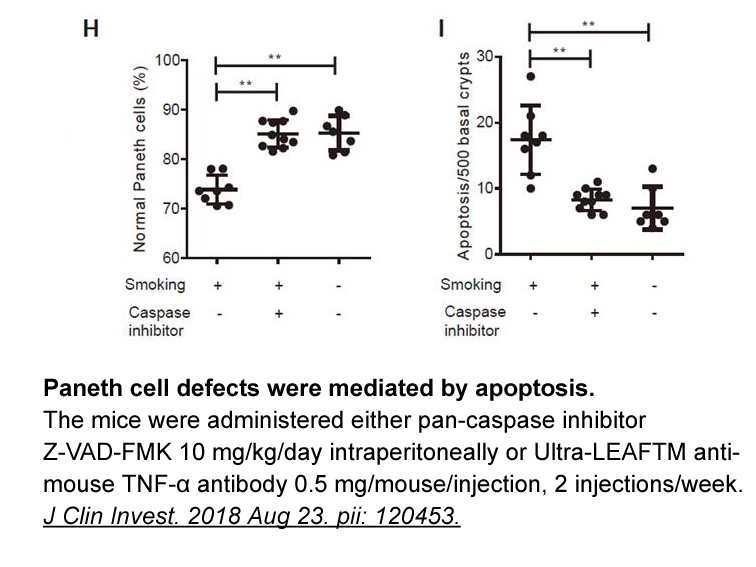
Our previous studies have demonstrated that the DDR2 discoidin domain fully contains the binding site(s) for the fibrillar collagens I and II (Leitinger, 2003, Leitinger et al., 2004). The binding site for collagen I was mapped to three spatially adjacent surface loops within the DDR2 discoidin doma
-
Gene amplification PCR amplifications were performed using g
2020-06-10
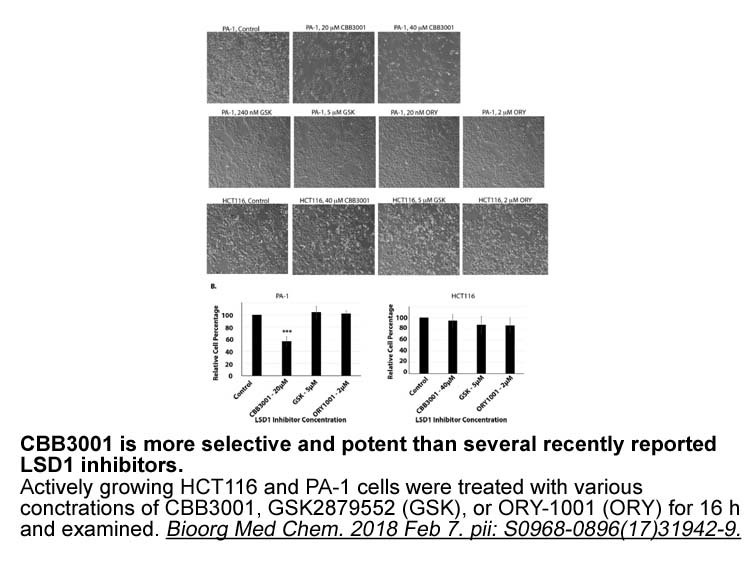
Gene amplification. PCR amplifications were performed using genomic DNA from the different organisms studied as template and two degenerate oligonucleotides (PP1 and PP2) as primersPP1 corresponded to the sense codons of the amino Tn5 DNA Library for 5 ng DNA sale motif AGGI(A/S)EM, and PP2 to the a
-
br Materials and methods br Results br Discussion
2020-06-10
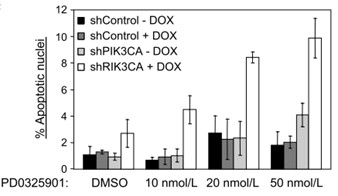
Materials and methods Results Discussion To our knowledge, this is the first large-scale longitudinal measurement of more than 20 cytokines in normal pregnancy. Simultaneous measurements of several cytokines with multiplex magnetic bead-based immunoassays are becoming increasingly common in
-
nhs chemical It is well known that
2020-06-10
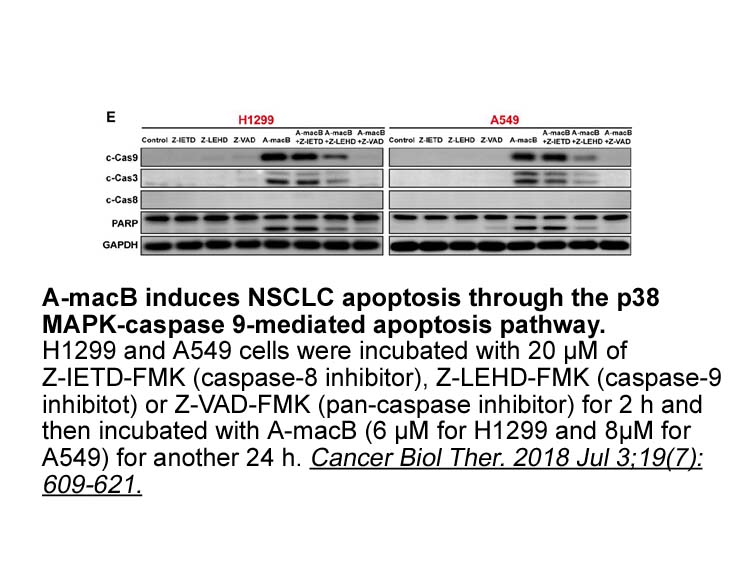
It is well known that CysLTs exert potent contractile action on human bronchial smooth muscles through activation of CysLT1 receptors. Indeed, in vitro antigen-induced contraction of passively sensitized human bronchial tissue is markedly suppressed by a pre-treatment with CysLT1 receptor antagonist
-
br Conflicts of interest br Acknowledgements This
2020-06-10
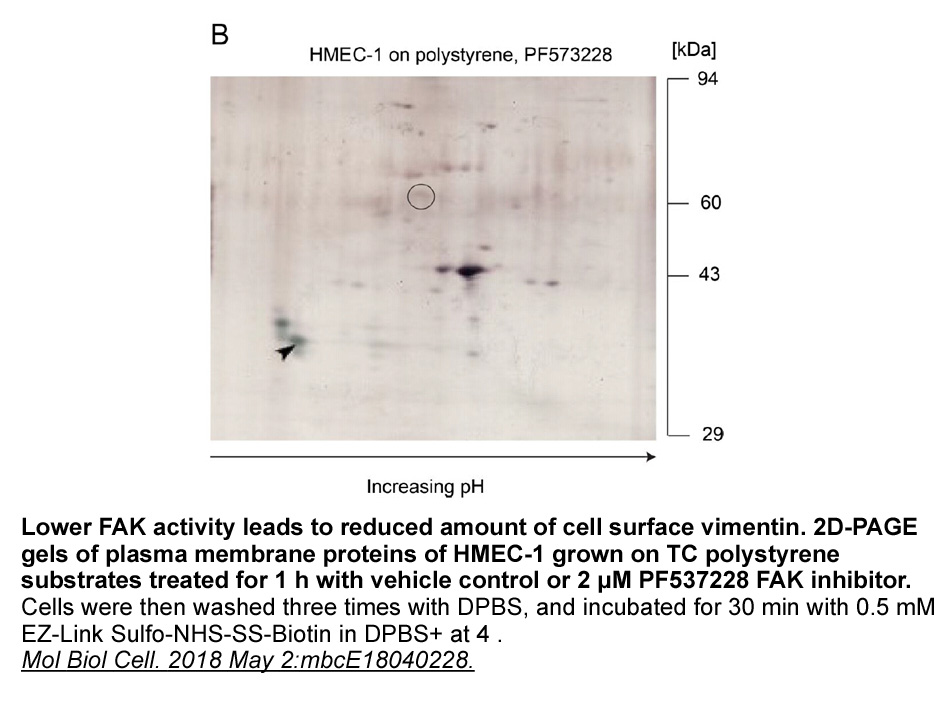
Conflicts of interest Acknowledgements This work was supported by funding from Young Sanjin Scholars Distinguished Professor, the Aid Program for Innovation Research Team in Shanxi Agricultural University (CXTD201201), and the Special Fund for Agro-scientific Research in the Public Interest of
-
Despite the weak and transient nature
2020-06-09
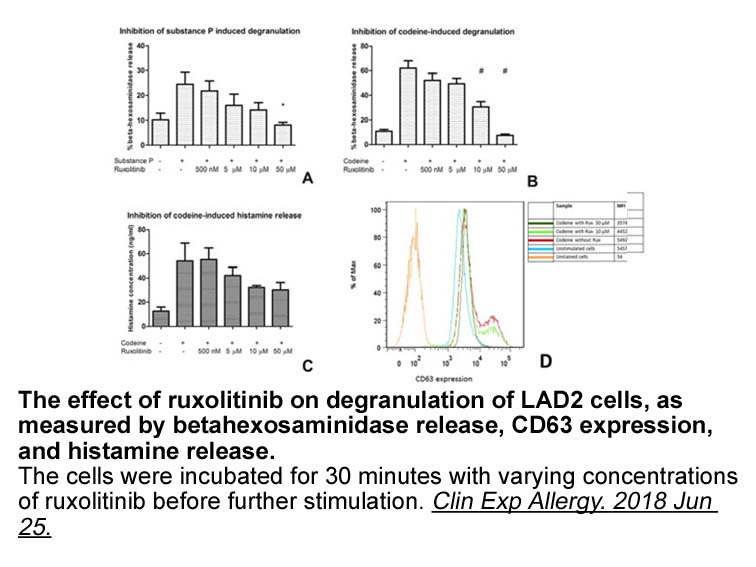
Despite the weak and transient nature of E2–E3 interactions, this binding is required for the transfer of ubiquitin to the substrate. The low affinity characteristics of this interaction may be due to the fact that E2s use the same surface to interact with E1s and E3s, and hence while binding to an
-
In conclusion this study provides the
2020-06-09
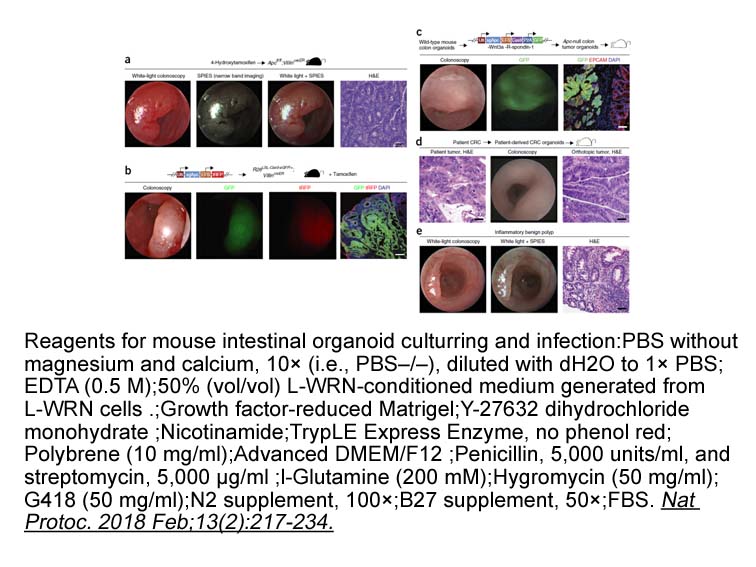
In conclusion, this study provides the first investigation of role of ACC receptors in parasitic nematodes. While research using C. elegans to evaluate anthelmintic targets is an excellent tool to provide relevant information, research on similar targets in parasitic nematode can provide key informa
-
br Materials and methods br Results br Discussion Taken toge
2020-06-09
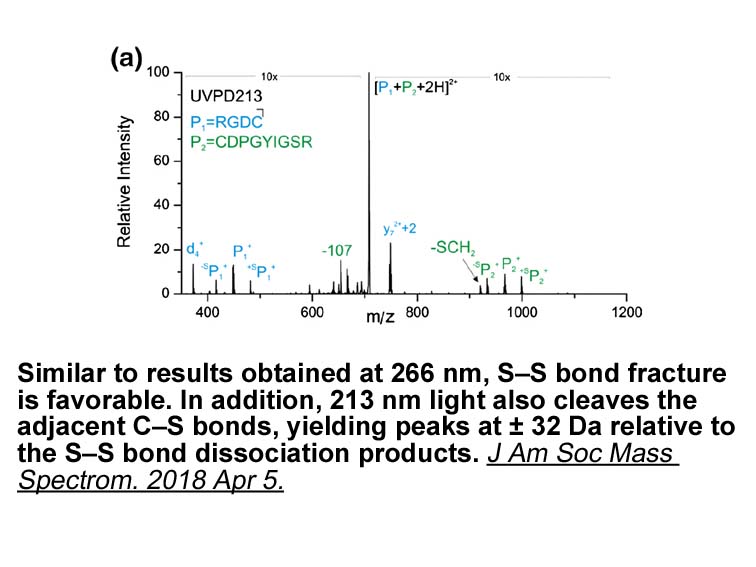
Materials and methods Results Discussion Taken together with our previous report, our current data demonstrate induction of Chk in monocytes by IL-3, IL-4, IL-13, and GM-CSF ((Musso et al., 1994) and Fig. 1, Fig. 2, Fig. 3, Fig. 4). Chk ONX-0914 is also inducible by stem cell factor or phor
16120 records 829/1075 page Previous Next First page 上5页 826827828829830 下5页 Last page